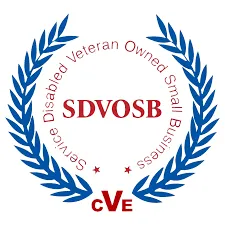Assisted Living
What it is
Assisted living communities are residential facilities designed for seniors who need help with daily activities like meals, bathing, dressing, and medication reminders but don’t require the level of medical care provided in nursing homes. Residents typically live in private or semi-private apartments, with access to meals, activities, and staff support.
Pros
Built-in community – Opportunities for socialization through group meals, activities, and peer interactions.
Meals and housekeeping included – Daily chores are handled, removing burdens of cooking, cleaning, and home maintenance.
On-site staff – Help available around the clock for basic needs and emergencies.
Structured environment – Consistent routines and access to planned activities for those who thrive on schedule.
Cons
Loss of independence – Moving away from home, possessions, pets, and familiar routines can feel like a major loss.
Shared staff attention – Caregivers often split time among 12–20 residents, meaning less personalized care.
Fixed schedules – Meals, activities, and medication times are often regimented.
High cost – Monthly fees can be comparable to 24/7 home care, especially with added care “tiers.”
Emotional strain – Families (and seniors themselves) may feel guilt or sadness over leaving home.
It's right for you if:
Your loved one is socially oriented and enjoys group activities, shared meals, and being around peers.
You (or your parent) are comfortable downsizing and moving into a new living environment.
Daily tasks like cooking, cleaning, and managing the home are overwhelming.
You want predictable all-in-one pricing for meals, housing, and basic support (even if add-on care raises the total cost).
Your family is seeking a structured option that doesn’t rely on coordinating care at home.
Finally:
Assisted living is usually the best fit for seniors who are fairly independent but need help with daily living, enjoy social interaction, and are ready to trade home comfort for convenience and built-in community. It often appeals to families who feel they can no longer safely manage care at home, but who don’t yet need skilled nursing care.


